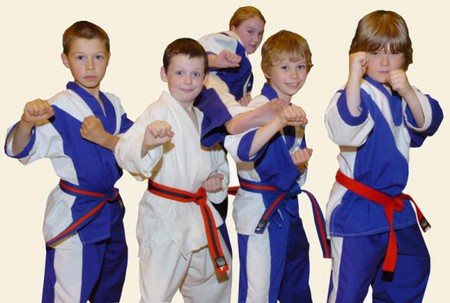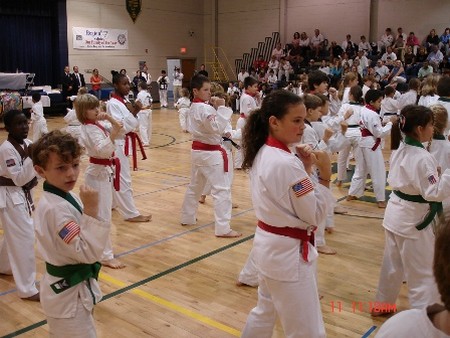Your child’s coordination skills—her ability to move and manage her legs, arms, hands, and fingers in a controlled and deliberate way—fall into two categories:
- Gross motor coordination. Your child’s ability to control general body movements involving arms and legs (examples include kicking a ball, climbing over a fence, walking along a straight line, running quickly, catching a ball, and hopping).
- Fine motor coordination. Your child’s ability to control hand and finger movements (examples include cutting with scissors, coloring, writing, picking up a small toy, making a model with toy blocks, tracing, and using eating utensils).
These skills are acquired at roughly the following ages. (Please note that these are approximate guidelines. Your baby may be ahead or behind these milestones.)
3 months
Your baby’s head no longer flops about like a rag doll when she is lifted or when she lies in the crib; back firmness increases, and she shows signs of straightening her back when sitting on your knee; she will attempt to thrust out her hands when the breast or bottle comes toward her, but she will not be successful in touching it every time.
6 months
By this age, your baby will probably be able to sit up on the floor on her own without any support. Hand and finger control is more organized, allowing her to hold toys, shake them, and throw them when she is bored. She can also reach out deliberately to grab something that catches her interest.
9 months
Your baby’s leg movements are not fully coordinated, but when put face down on the floor, she will try to propel herself along by crawling. She may even be able to stand up, using a low table or chair for support. Coordination between thumb and forefinger starts to show, and she begins to use them together, in a pincer movement, to pick up small objects.
12 months
Your baby can crawl without much difficulty, pulling and pushing with her arms and legs in unison; she may be able to walk rather unsteadily around the room, using furniture as support. Hand control may be developed to the point where she can use a pencil or crayon to make a mark on a piece of paper.
2 years
Your child can now walk confidently wherever she pleases; she can go up and down stairs on her own, although she still puts both feet on the same step before going to the next. She can kick a ball without falling over. Most toddlers of this age have established a definite preference for using one hand over the other.
3 years
Your child can jump up and down without overbalancing and can walk a few steps on her tiptoes. She can catch a large ball thrown gently to her, and she will attempt to tackle playground equipment in the local park. Pencil or crayon control is stronger, and she can make circular scribbling marks on paper. She will also have an idea of how to hold scissors, although she may not yet be able to cut with them.
4 years
Your child can use pedals to propel a tricycle along the ground. Throwing and catching is easier; she can run in specific directions and steer herself around obstacles without bumping into them. She makes a reasonable attempt to thread beads, and her pencil control is more mature. She can draw a person or a house.
5 years
Your child can now negotiate obstacles. She will show ability in ball games; she can also manage climbers, ladders, and other outdoor play equipment. She can hold scissors properly and cut paper with them. She may be able to write one or two letters that appear in her name.
Although some of these abilities develop naturally, your child probably acquires most motor-coordination skills through the process of learning—so your involvement in her play is crucial.
DO’S
- Do give your child lots of practice. Most activities for developing fine motor-coordination control can take place indoors. Activities such as coloring, painting, and cutting pictures out of old magazines are easily organized—and extremely beneficial.
- Do take your child to the playground. In recent years there has been a huge upsurge in the number of well-designed adventure playgrounds for young children. Climbing frames, balancing logs, and obstacle courses made out of smooth pieces of wood bound safely together with nuts and bolts are a child’s dream. Your child’s confidence in playing with these will increase with experience.
- Do make play time fun. Your child will learn more quickly in situations she enjoys. Laughing and joking together will make your child feel at ease and more willing to try to master new challenges.
- Do break up each new challenge into small stages. For example, when teaching your child to catch a ball, first teach her to watch the ball when it is thrown toward her. Next teach her to put her arms out toward the ball; then have her touch the ball with her hand when it is thrown toward her; and so on. Each successive stage helps your child move closer to the goal, until she eventually succeeds.
- Do give lots of praise. Each time your child makes progress— no matter how slight it may be—show her that you’re pleased. Tell your child how well she’s doing and how much she has improved.
DON’TS
- Don’t force your child to be too adventurous on play equipment. You may be very frustrated watching a timid child tentatively explore the first step of a ladder when you want her to go to the top. A child should never be encouraged to go to limits she is unable to manage by herself.
- Don’t ever make fun of your child. Your child will be unhappy enough when she realizes she can’t propel her tricycle, especially when her friends do it with ease. She doesn’t need you to make observations about her lack of skill. Sometimes cajoling is done with the best of intentions—but it seldom works.
- Don’t have unrealistic expectations. Children mature at different rates. The fact that another child of the same age can kick a ball while running doesn’t mean your child is inadequate because she can’t. Nor is there much advantage in a child having coordination skills normally found only in older children.

